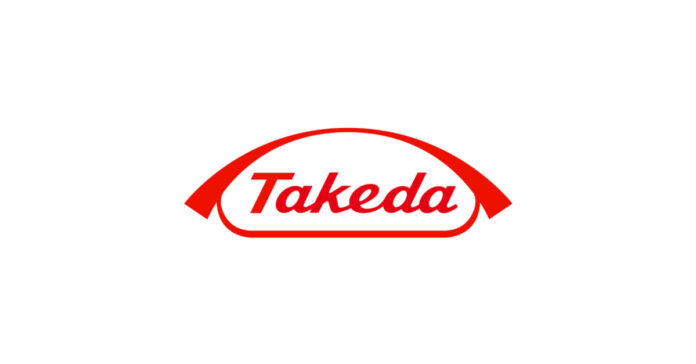CAMBRIDGE, Mass.–Takeda Pharmaceutical Company Limited (TSE:4502/NYSE:TAK) (“Takeda”) today announced that the U.S. Food & Drug Administration (FDA) approved VONVENDI® [von Willebrand factor (Recombinant)] for routine prophylaxis to reduce the frequency of bleeding episodes in patients with severe Type 3 von Willebrand disease (VWD) receiving on-demand therapy.
VONVENDI is the only recombinant von Willebrand factor (VWF) replacement therapy, and the first and only treatment to reduce the frequency of bleeding episodes for severe Type 3 VWD approved by the FDA for routine prophylactic use. VONVENDI is now indicated for routine prophylaxis in adults with severe Type 3 VWD receiving on-demand therapy, as well as on-demand and perioperative bleed management in adults with VWD.
“This approval is a major advancement for those living with severe Type 3 VWD and is a testament to Takeda’s commitment to improve VWD care,” said Heather Dean, Vice President, U.S. Hematology Franchise Head, Takeda. “With routine prophylactic treatment, there is now a proactive strategy available for management of bleeding episodes and may offer people living with severe Type 3 VWD hope that bleed reduction is possible.”
VWD is an inherited disorder that affects women and men equally.1 It is caused by a deficiency or defective function of VWF, one of several types of proteins in the blood that are needed for proper blood clotting.1 Due to this defective function or deficiency, blood is not able to clot effectively in people with VWD. VONVENDI is an infused product that is specifically designed to replace the body’s missing or dysfunctional VWF.1
“VWD is a complex disease where both patients and providers may experience stress and uncertainty due to the unpredictable disease course and limited treatment options,” said Miguel A. Escobar, M.D., professor in the Department of Pediatrics and Internal Medicine at the McGovern Medical School at The University of Texas Health Science Center at Houston and an investigator in the VONVENDI prophylaxis study*. “A prophylactic treatment option may allow for greater disease control and the potential to enhance the standard of care.”
The approval is based on data from a prospective, open-label, international multicenter study to evaluate efficacy and safety of prophylactic treatment in reducing the frequency of bleeding episodes in 10 adult patients diagnosed with severe Type 3 VWD who were previously treated on-demand. Based on descriptive statistics, the median annualized bleeding rates (ABR) for all bleeds (treated and untreated spontaneous and traumatic bleeding events) was reduced from historical median ABR 5.0 (range: 3.0, 159.0) to an on-study median ABR of 2.3 (range: 0, 157.9), which is a 54.7% reduction. The most common adverse reactions (≥2% of subjects) observed in adult patients treated with VONVENDI in clinical trials were headache, vomiting, nausea, dizziness, arthralgia, joint injury, vertigo, ALT increased and generalized pruritus.



